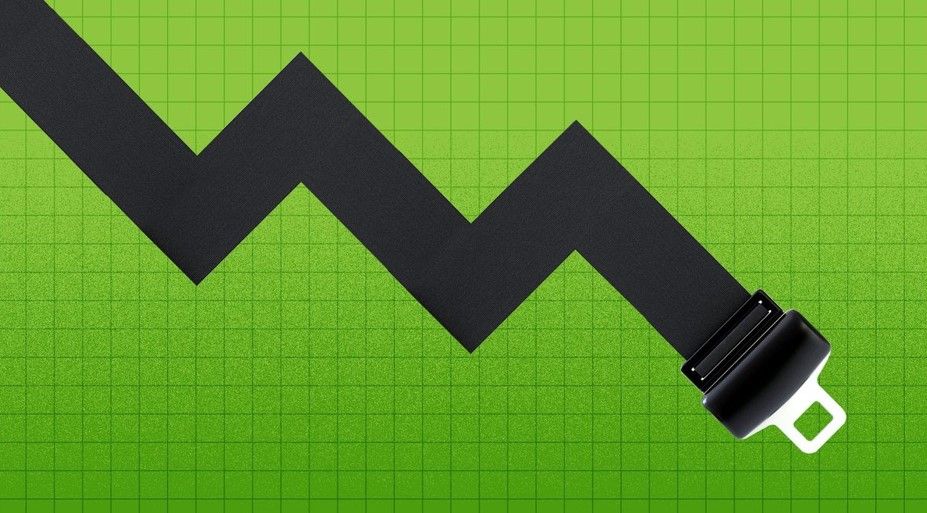
Economy, International Markets, Week in Review
Colombia’s economy rebounds amid tight policies
Tight macroeconomic policies in Colombia within the last two years are likely the cause of a reduction in domestic and external imbalances seen mainly in 2021-22. The Colombian economy is expected to grow 1.8% as inflation slows 5% this year, and the central bank plans to cut its interest rate to nearly 8%, according to Finance Minister Ricardo Bonilla.

Tight macroeconomic policies in Colombia within the last two years are likely the cause of a reduction in domestic and external imbalances seen mainly in 2021-22. The Colombian economy is expected to grow 1.8% as inflation slows 5% this year, and the central bank plans to cut its interest rate to nearly 8%, according to Finance Minister Ricardo Bonilla.
Real GDP is expected to expand by 1.3% this year as macroeconomic policies gradually normalize, according to the Colombia Reports. “Gradually we are emerging from this global slowdown,” Bonilla said during an interview in capital Bogota. “Any proposed changes would be sent to Congress for approval … we’re going to start a process of socialization with economic players, business associations, etcetera.”
Colombia’s Labor Ministry also raised the country’s minimum wage by 12% to $335 (COP1.3 million). These wage hikes affect the monthly income of 2.5 million workers which is more than three percentage points higher than last year’s estimated inflation rate. Producer prices in Colombia dropped by 5.38% year-over-year in February 2024, revealing the tenth month of producer price deflation, reflecting progress from the central bank’s aggressive interest rate hikes, per Trading Economics.
Yes but: The risk to the global economy has moderated, but geopolitical tensions worldwide can tighten global financial conditions further. Disrupted supply chains and global food prices may have a significant impact on Colombia’s economic growth and add to inflationary pressures. Inflation rates have fallen but not yet reached the central bank’s 3% target. Some economists have adjusted the policy rate to aim for the 3% target to hit by mid-2025.
In the banking sector, nonperforming loans (NPLs) continue to rise in the economic slowdown—but banks remain steady showing their assets remain liquid and well-capitalized. However, financial risks should still be carefully watched.
By the numbers: Customers in Colombia have averaged 28 days beyond terms, with 46% of credit professionals saying payment delays have remained the same, per the FCIB Credit and Collections Survey. The most common causes for payment delays are cash flow issues (75%), inability to pay (38%), billing disputes (38%) and unwillingness to pay (25%).
What FCIB Credit and Collections Survey respondents are saying:
- “Ask lots of questions. Do more in-depth research on the prospective company.”
- “Have a timely follow-up and attention to details in documentation.”
- “It is important to know customer’s payment process to avoid misunderstandings or delays due to administrative issues.”
- “Ensure payment language is on the wire payments received.”
The FCIB Credit and Collections Survey is now open. It covers Indonesia, Israel, Germany and Pakistan. You will earn ICEU/participation credit for your input. Be sure to share the link with your credit and collections network.




